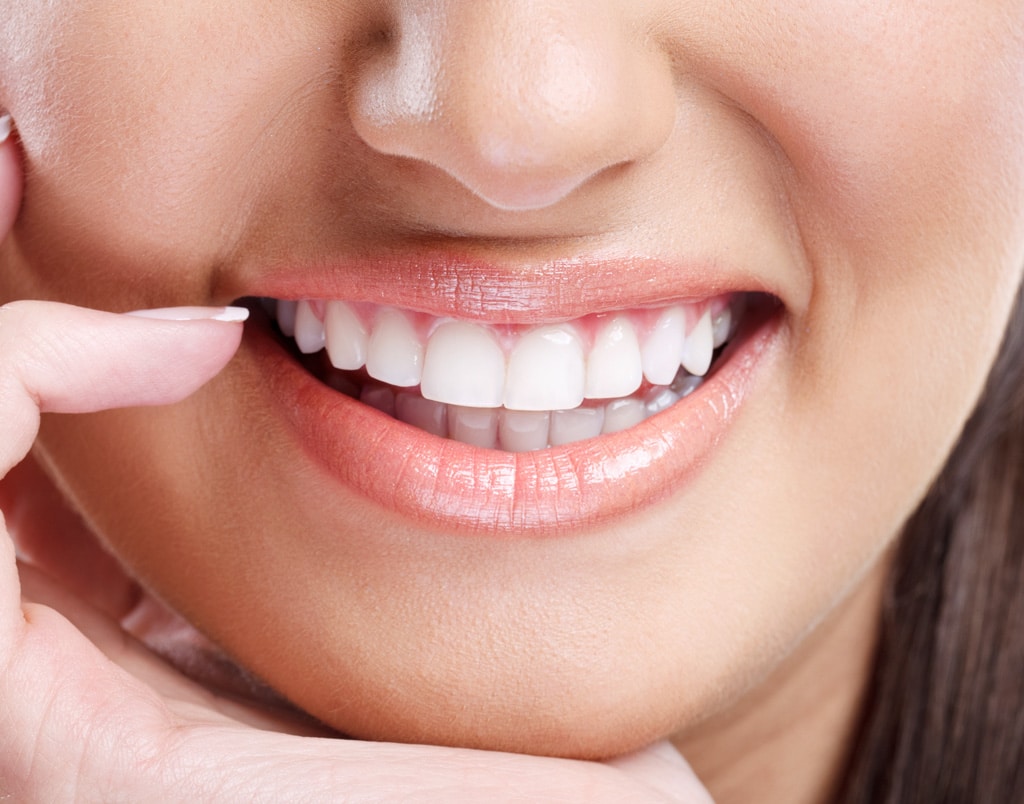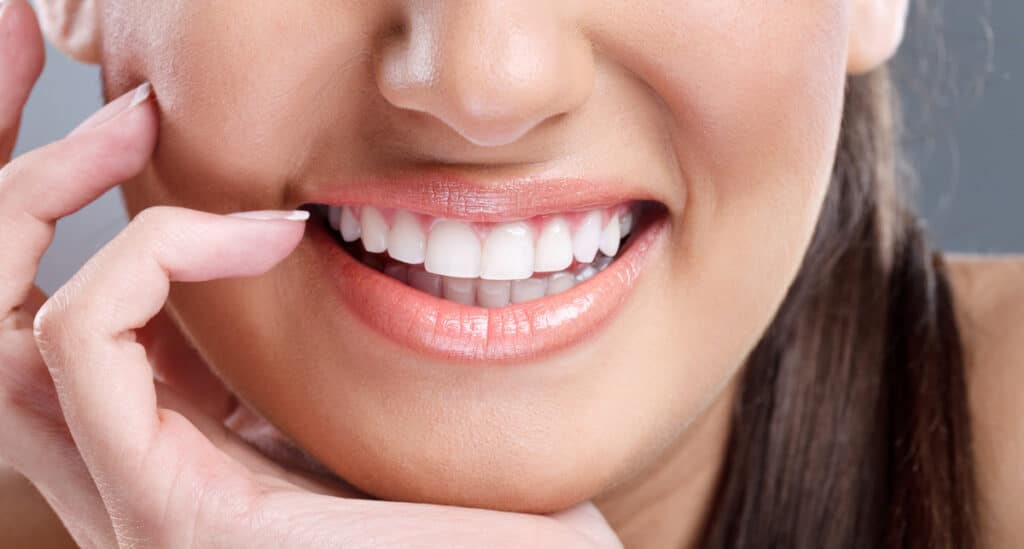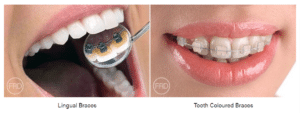What Is the Best Age for Teeth Straightening?

 Key Takeaways
Key Takeaways
- Orthodontic treatment is available for all ages, offering solutions from childhood to seniors.
- Various options, such as braces and clear aligners, cater to different needs and preferences.
- Consider treatment cost, duration, and expertise when choosing a teeth straightening treatment plan.
Undertaking the teeth straightening journey can significantly enhance your smile and oral health. Identifying the ideal age for orthodontic treatment is essential in this process. While conventionally associated with adolescence, advancements in dental technology have broadened the scope, allowing individuals of all ages to correct misalignments and improve dental aesthetics. This guide delves into the optimal age for teeth straightening and elucidates the diverse treatment options available, ranging from traditional braces to cutting-edge aligner technology.
Exploring the Ideal Timing for Orthodontic Intervention
Historically, orthodontics, particularly for addressing issues like crooked teeth and dental crowding, commences during the early teenage years. This period aligns with the emergence of adult teeth and the ongoing development of the jaw, facilitating more straightforward adjustments and shorter treatment durations. However, this doesn’t preclude children or adults from starting on their journey towards more straight teeth and a straighter smile.
Early Orthodontics (ages 7-10)
This part of the treatment deals with problems like early jaw development and crowding or protrusion of the teeth, and in most cases, it helps regulate the natural jaw growth, guiding it and creating proper space for permanent teeth to come. It’s important to point out that not all kids receive early orthodontics, but for those who get it, it can simplify or shorten their later orthodontic care.
Adolescent Orthodontics (ages 11-17)
This is when a child’s whole set of permanent teeth has come in, creating an excellent chance for orthodontic interventions, including crooked teeth, overcrowding, overbite, underbite, or gaps between teeth. For teenagers, braces, aligners, or other orthodontic appliances, orthodontics usually fixes dental problems and give them a stable and healthy smile. This stage of treatment often results in impressive dental alignment and function boost, as well as aesthetic improvement of the whole face.
Teen Orthodontics (ages 13-19)
The teenage period is the most assertive stage of orthodontic treatments, when most teens seek treatment and issues like misaligned teeth, overcrowding, overbites, underbites, or gaps between teeth are corrected. Braces, clear aligners, and other orthodontic appliances are usually used to align the teeth and the aesthetic smile for teen orthodontic treatment. This processing stage is imperative for attaining a correct dental alignment, improving oral functions, and increasing confidence during the growth period of adolescent years.
Adult Orthodontics (ages 18+)
This orthodontic correction used in adulthood slightly differs from the one used in adolescence. In most cases, adult orthodontic solutions tend to correct dental misalignments or malocclusions that have grown or persisted into adulthood. Many adult patients now consult with orthodontic specialists to fix crooked teeth, close gaps in crowded teeth, improve bite alignment, and enhance smile aesthetics.
Senior Orthodontic Treatment (ages 60+)
While less common than orthodontic treatment for younger age groups, there are instances where seniors may benefit from orthodontic care.
Some reasons seniors might seek orthodontic treatment include:
- Addressing dental misalignments that have persisted from childhood or developed later in life.
- It is correcting bite issues that can lead to discomfort or difficulty chewing.
- We are improving teeth alignment to enhance oral function and overall dental health.
- We are enhancing smile aesthetics and self-confidence.
Navigating the Array of Teeth Straightening Solutions
Conventional Braces
Metal braces, characterised by metal brackets and wires, have long been synonymous with teeth straightening. They effectively address many orthodontic concerns, including severe teeth crowding and misalignments. Alternatively, ceramic braces are less conspicuous, boasting clear or tooth-coloured brackets for enhanced aesthetics.
Inconspicuous Braces
Individuals seeking subtler alternatives can opt for invisible braces like clear aligners and lingual braces affixed behind the teeth. Invisalign treatment, a prominent choice among clear aligner solutions, employs a series of custom-made, removable aligners to gradually realign teeth. While the cost of Invisalign treatment may exceed that of traditional braces, its discreet nature and convenience render it a preferred option for many adults.
Additional Alternatives
Invisalign aligners (clear braces) and other removable aligner systems cater to individuals with less complex realignment requirements. These alternatives are convenient for numerous patients and offer the flexibility of being removable.
How much does it cost to straighten teeth?
The cost of teeth straightening varies considerably depending on the chosen treatment modality, the complexity of the case, and the duration of the treatment. Dental insurance coverage may partially offset orthodontic expenses, necessitating thorough verification with one’s provider.
At Fulham Road Dental, we offer a 0% monthly payment plan. Please start your application process today and see how easy it is to pay for your dental treatment with 0% monthly payments.
Here is a breakdown of our orthodontic price range at Fulham Road Dental.
| Type of Braces | Description | Cost Range |
|---|---|---|
| Metal Braces | Traditional braces are made of metal brackets and wires. | From £3,000 |
| Ceramic Braces | Braces made of ceramic material that blends with the teeth for a less noticeable appearance. | £3,500 |
| Lingual Braces | Braces attached to the back of the teeth make them virtually invisible from the front. | From £5,500 |
| Invisalign | Clear aligners that are removable and virtually invisible. | £4,500 to £5,750 |
What is Constituting the Rise of Costs?
The increase in the cost of orthodontic treatment might be due to some elements. Initially, the treatment expense is influenced by the modality of services and the duration of the treatment. As the cases become more complex and require more extended treatment periods, the availability of the resources and expertise also increases and, therefore, must be directed towards the case, leading to increased cost. Also, a well-chosen treatment location is of great importance. For instance, London’s living and operational expenses are usually higher than other cities. This is linked to a fee being included in the treatment. On the other hand, in the case of a small town or a rural area, the cost of the treatment is usually lower since overhead costs are lower.
In addition, when choosing a dentist, the experience and the qualification level of the orthodontist who provides the treatment are other vital considerations. Highly skilled professionals certainly get paid more, as, for the most part, their experience and respectability for delivering services to a distinguished class of clients require higher fees. Customers are prepared to pay more for orthodontics when they can trust experienced orthodontists. Finally, rates may correspondingly increase as the demand for their services increases.
Selecting the Optimal Solution
Choosing the most suitable treatment modality entails a holistic evaluation of several factors, including the severity of misalignment, lifestyle preferences, budgetary constraints, and desired treatment duration. Regular consultations with a dentist or orthodontist, coupled with diagnostic procedures such as x-rays and impressions, aid in devising a tailored treatment plan geared towards realising the perfect smile.
Orthodontic treatment transcends mere teeth straightening, enhancing oral health and self-assurance. The right solution can culminate in a radiant smile and a healthier oral cavity, whether through traditional braces, Invisalign, or alternative methods. While treatment durations may vary depending on individual circumstances, the outcome—a newfound smile and improved dental well-being—justifies the endeavour.
While the optimal age for embarking on orthodontic treatment may vary, contemporary advancements ensure accessibility for individuals across all age groups. From traditional braces to state-of-the-art invisible aligner technology, the landscape of orthodontics offers diverse solutions to cater to diverse needs. Guided by adept dental professionals, achieving straighter teeth and a radiant smile has never been more attainable.
Get Straighter Teeth with Fulham Road Dental

At Fulham Road Dental, we recognise that a confident smile significantly impacts one’s quality of life. Our dedicated team of dental professionals is committed to providing personalised orthodontic solutions designed to align your teeth effectively and enhance oral health. Whether you’re seeking to correct dental misalignments, improve your bite, or aim for a more aesthetically pleasing smile, Fulham Road Dental has the expertise and state-of-the-art technology to help you achieve your dental goals in a welcoming and supportive environment.
